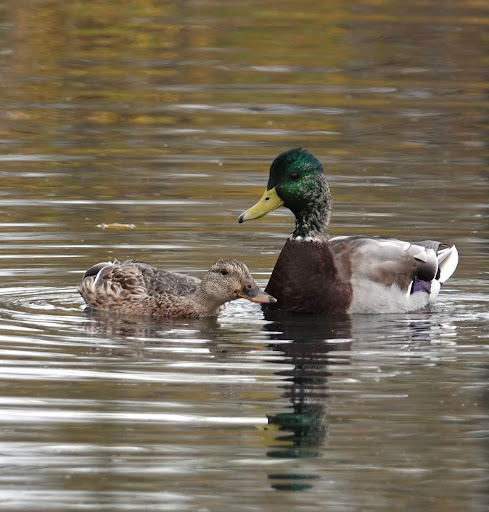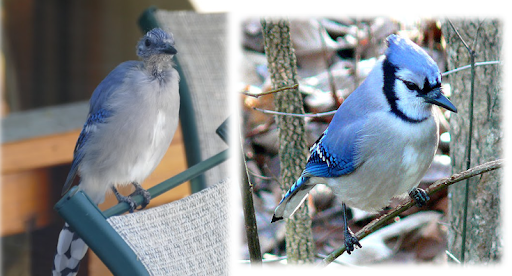By Cathy Warwick
No! Of course moulting is not revolting, it is a natural part in the seasonal cycle of being a duck. No need to be embarrassed and hide away. Wait a second, maybe there is a need, since they can’t fly anymore to get away from predators!
Did you know many ducks moult once a year, in late summer or early fall? This means they shed most of their primary feathers all at once to grow new ones. The process can take about 20-30 days and during that period they lay low since they become flightless. If you have ever seen a pile of feathers and thought a coyote had lunch, it may not be so. The duck feathers can come off quickly and dramatically.
Not only do they become flightless, they become difficult to identify. Their beautiful and colourful plumage becomes a beige-gray bore before moulting begins. Typically this is in the summer months. This outfit is called their ‘eclipse plumage’ and it isn’t a favourite of birders. The term eclipse refers to the boring plumage darkening their usual colours. If you do an internet search for any type of waterfowl the pictures will show them in their breeding plumage, striking and unmistakable. Meanwhile you are peering through the binoculars at a beige lump wondering why birding is so difficult. We’ve all been there. At that point you can start looking for eye rings and tail shapes, which gets challenging. Or you also have the option of saying ‘oh a duck’ and watching them paddle around a bit.

I was surprised to learn that the Blue Jay moults all its head feathers at once. I have never seen that out in the wild and I suspect it’s because they hide away during this phase. It is such a radical difference from their usual spiky crown, They look like a tiny vulture with bugged out eyes. It only lasts for a week but you get the feeling if any bird were vain, it would be the Blue Jay. It’s amazing how much shape and bulk the feathers give birds, look at the difference between the two pictures of the Blue Jay, it’s hard to believe it’s even the same bird.

The larger birds and waterfowl are more inconvenienced by their moult season than smaller birds. Their feathers take longer to grow in. They often moult right before migration to have a nice strong set of new feathers to take them south. I imagine they are in the air now with their new outfits, ready to party in Mexico.
Super write-up on Moulting.
Thank you!